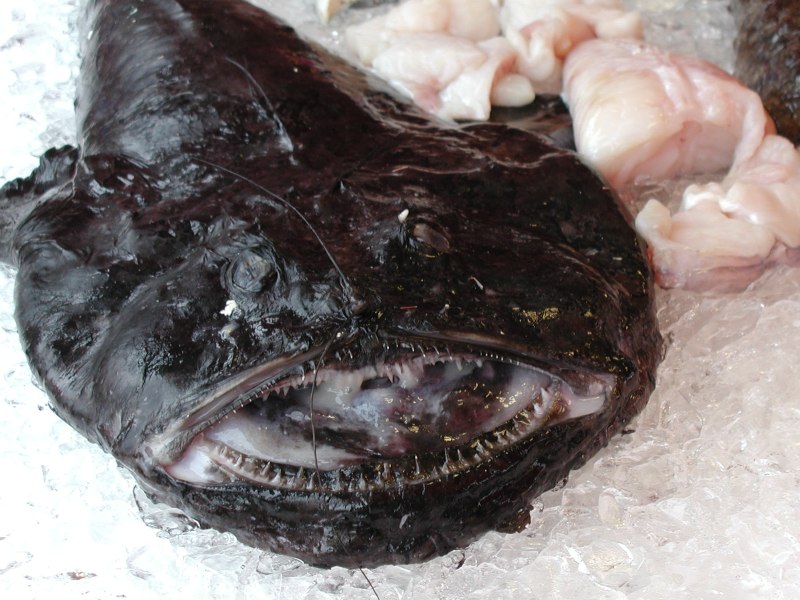First and foremost I think there are two kinds of celebrity chefs. Those who are famous because of TV and those who are famous because of their kitchen. I tend to dislike celebrity chefs who have become famous entirely due to the former. Whereas I tend to like very much those chefs who are famous because of their kitchens.
I'm bringing this up today because Gordon Ramsay was on Conan last night and I also saw an advertisement for a new cooking reality show called the Chopping Block - hosted by Chef Marco Pierre White. One chef I like, and one I don't.
I hate Gordon Ramsay, I won't even called him chef. He is a douche bag on the highest level.
I have incredible admiration for Marco Pierre White. He was an innovator, a rebel, and freaking genius.
And Gordon Ramsay would have had a much harder time getting where he is if not for having worked under Chef White. Which is the primary reason for my disdain of Ramsay.
Forget about his attitude or his language. I don't care. Chef White was often called a devil in the kitchen, attitude like that can almost be seen as necessary in a fast paced kitchen environment with high standards. However, when you quit your job at Harvey's (Chef Marco Pierre White's restaurant) citing the chef's bullying and harsh temperament and then turn around and act arguably worse in your own kitchens, that makes you a hypocrite.
By the way, in the book White Heat, Chef White includes a picture of a young Ramsay weeping in his kitchen saying that he didn't make Ramsay cry, it was Ramsay's choice to cry.
When you work at a restaurant, let's call it Chelsea's, and you steal the reservation book and frame it on your former mentor - that makes you a world class douche bag.
I don't care if you have three michelin stars and several very successful restaurants, if you pull a stunt like that you no longer have any validity as a chef.
Also, who the hell knows Gordon Ramsay for his restaurants? I never did, people only know him because he's had quite a few TV shows and likes to be mean.
Chef Marco Pierre White on the other hand is a legend for his talents not simply his attitude. The youngest (at the time) British chef to receive three michelin stars and did so so dramatically. He was the bad boy, with his long disheveled hair and his boisterous personality. He was a punk and looked like a badass.
But he had the talent to back it all up, he put english cuisine - a somewhat undesirable cuisine - on par with haute cuisine. Working under him, during his prime were Gordon Ramsay and more notably Heston Blumenthal who now owns The Fat Duck (a restaurant that is regularly in contention for best restaurant in europe).
He ultimately returned his michelin stars saying;
"I was being judged by people who had less knowledge than me, so what was it truly worth? I gave Michelin inspectors too much respect and I belittled myself. I had three options: I could be a prisoner of my world and continue to work six days a week, I could live a lie and charge high prices and not be behind the stove, or spend time with my children and reinvent myself."
So with that he retired, sort of. He has stakes in several restaurants including The Yew Tree Inn which is a 17th century english pub. But he also does TV. He was the second host of Britain's Hells Kitchen following Ramsay saying about Ramsay's style; "Gordon did it his way, I'll do it my way. We all have different ways of expresing ourselves. I want my emphasis to be on the food and the kitchens rather than the swearing."
Now he's slated to host the Chopping Block on nbc starting this march. I'll watch. Maybe.
Chef Marco Pierre White is one of my idols, along with Ferran Adria, Thomas Keller, Jose Andres, Anthony Bourdain, and others.
Gordon Ramsay is jackass. I also don't like Bobby Flay, Guy Fieri, Racheal Ray, and others. Mostly the people on Food Network irritate me, with few exceptions.
 monkfish.
monkfish.